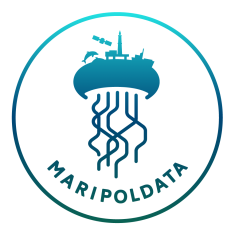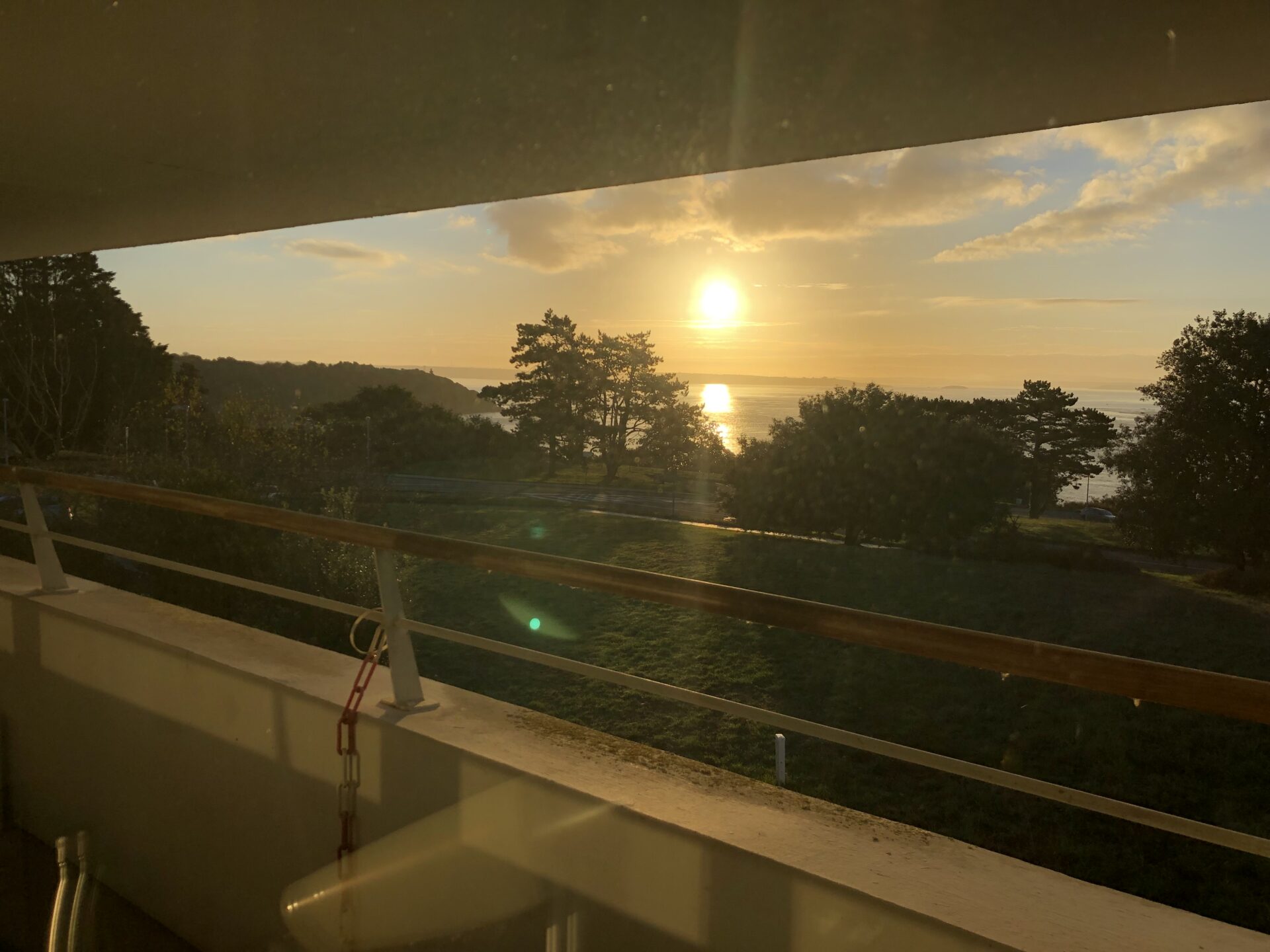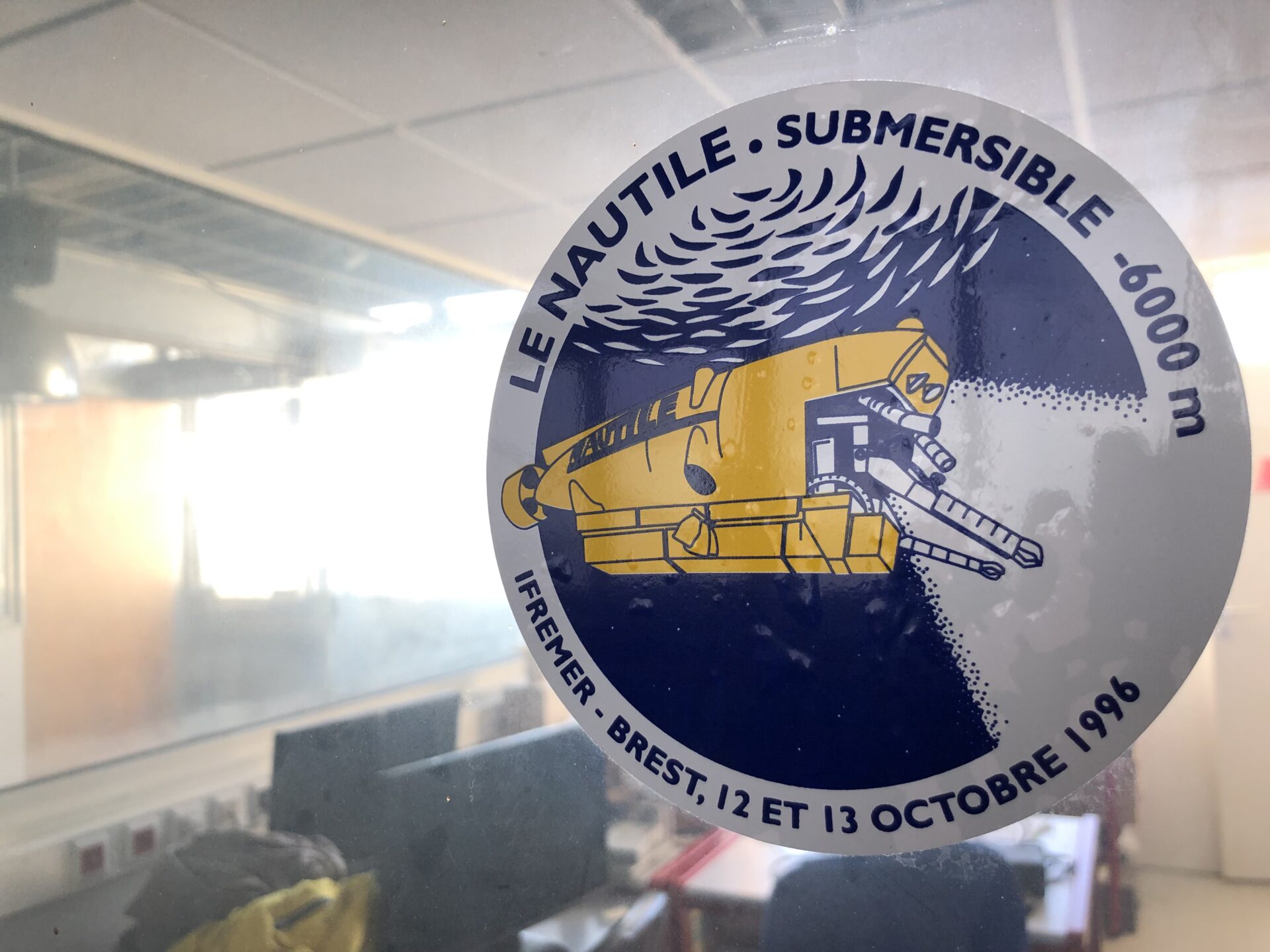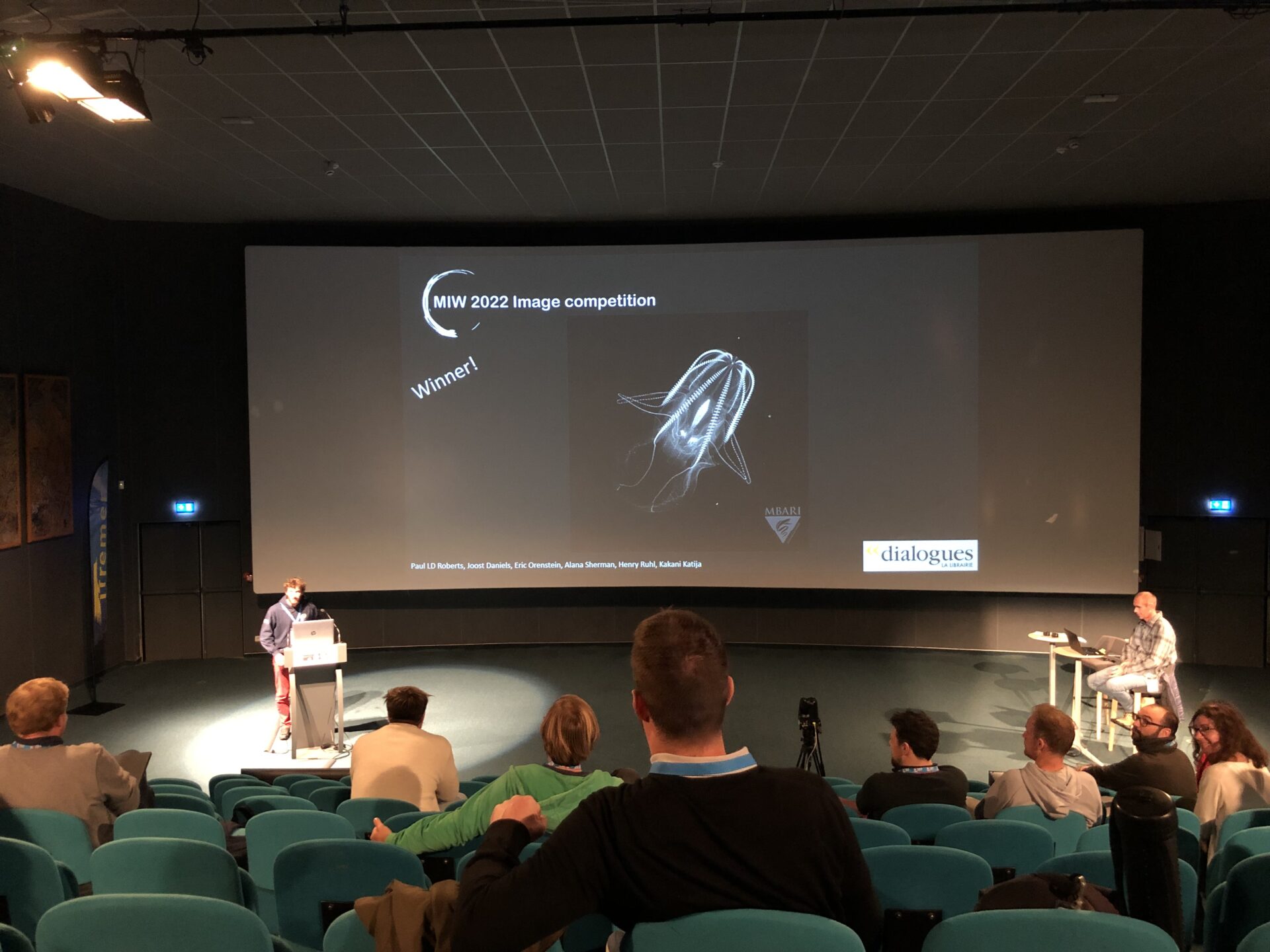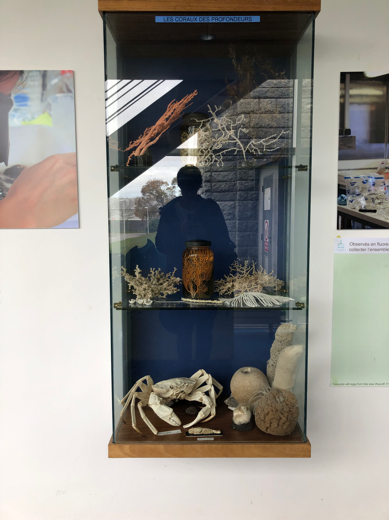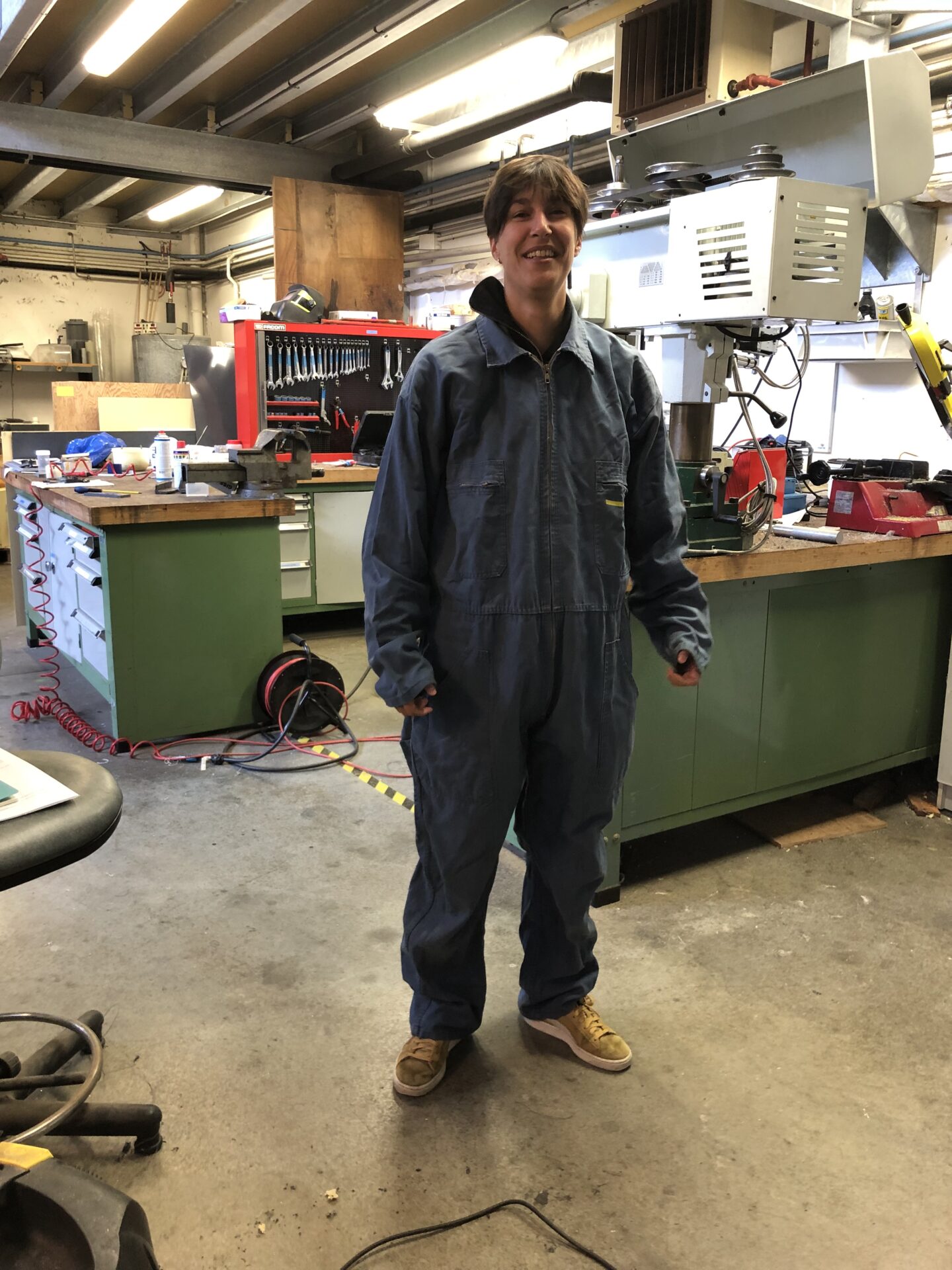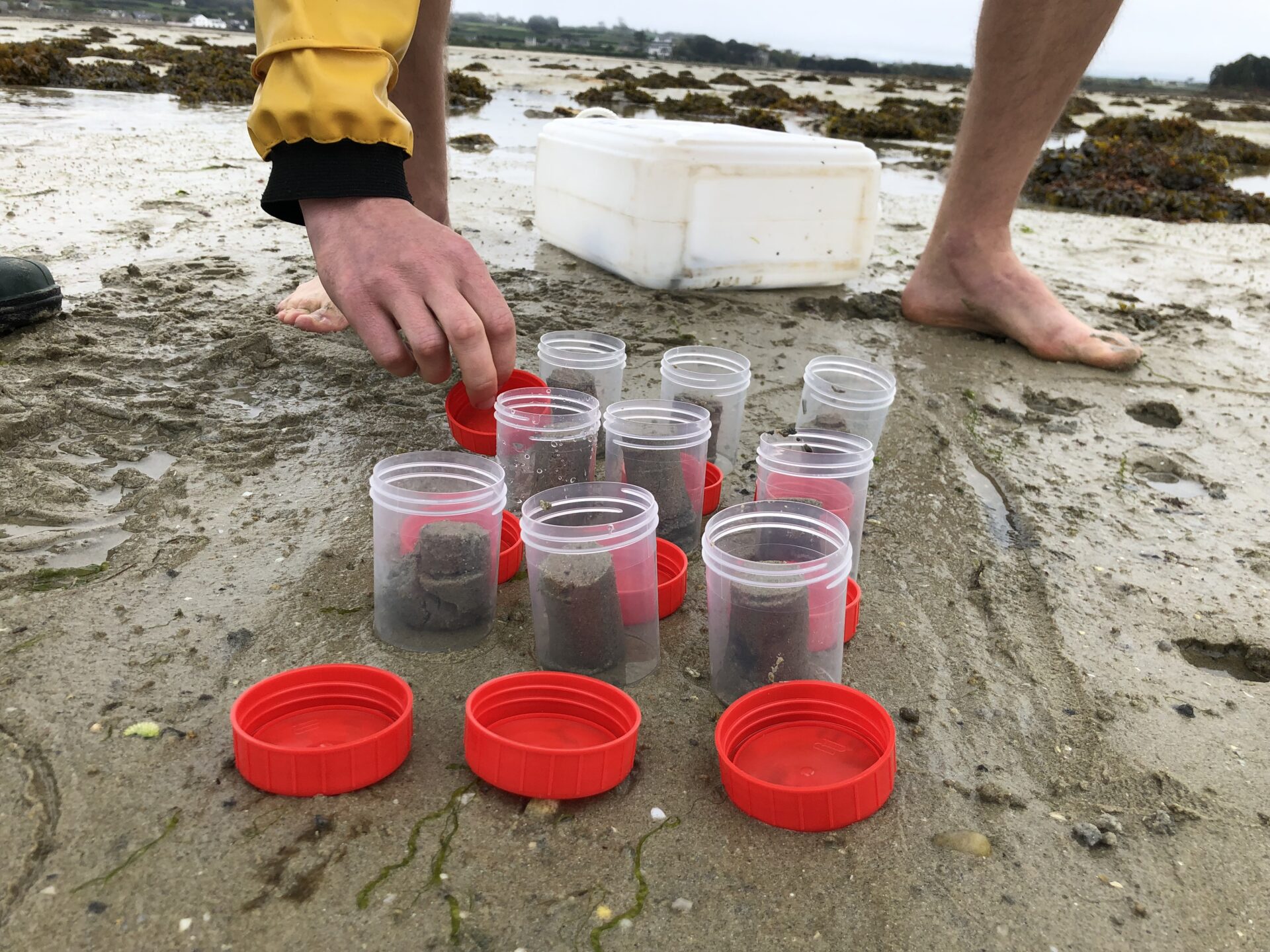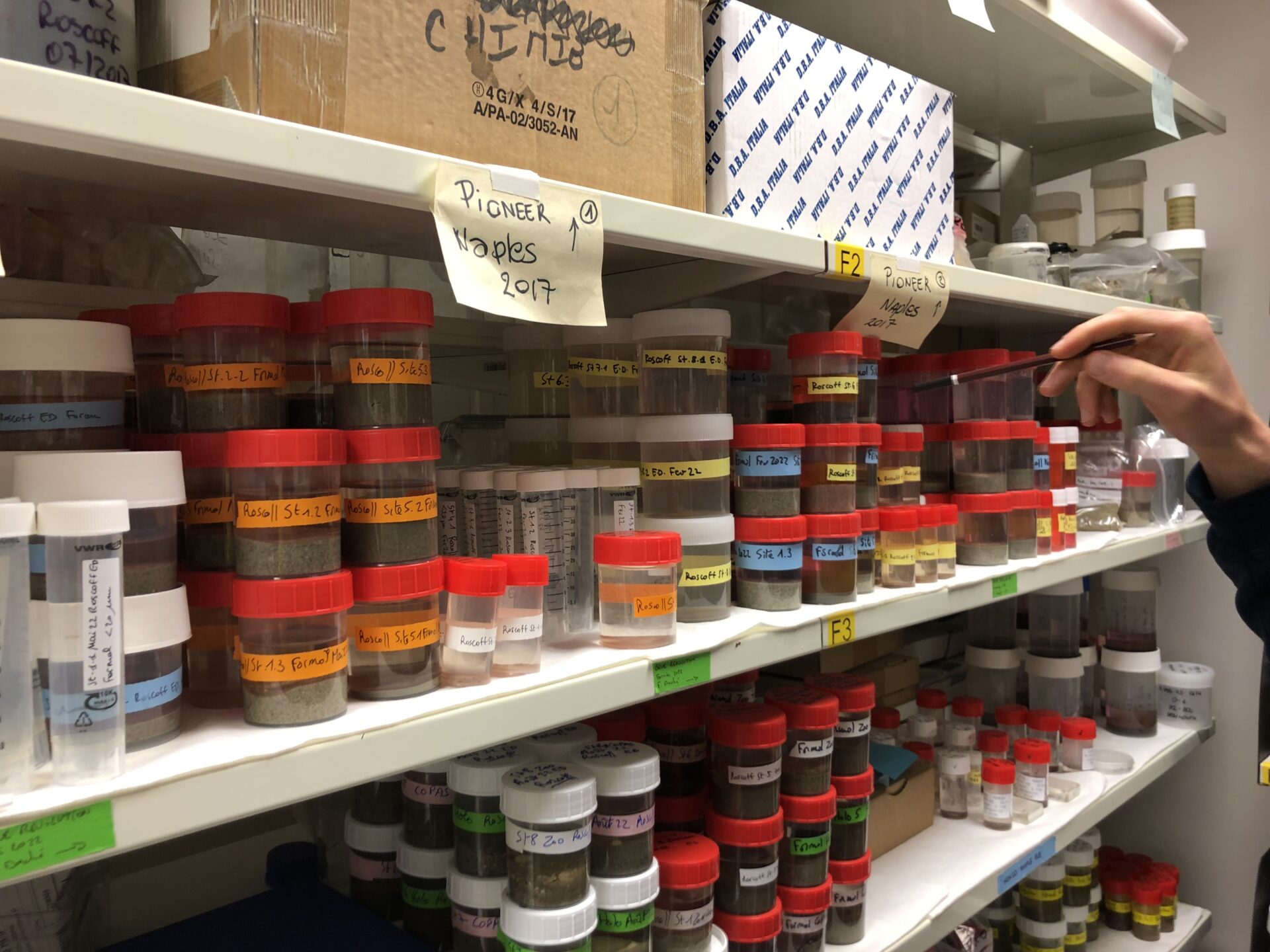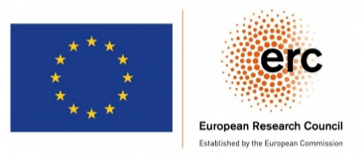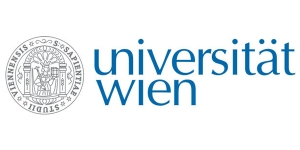A laboratory ethnographer in the deep-sea lab BEEP of IFREMER
Since 2018, the MARIPOLDATA research team has followed the BBNJ negotiations and provided extensive insights of the diplomatic practices, science-policy interactions and conflicts shaping the development of a new high seas biodiversity treaty (Tessnow-von Wysocki & Vadrot, 2020; Vadrot, 2020; Vadrot et al. 2022). In parallel, we studied the emerging scientific field of marine biodiversity to understand the state of what scientists knew and delve into the global inequalities of the scientific field, which were reappearing at the negotiation sites (Tolochko & Vadrot 2021a, 2021b). To close the gap between the scientific field and the negotiations though, MARIPOLDATA has taken a closer look at the national level to study marine biodiversity monitoring policies and practices from the perspective of deep-sea laboratories. With the aim to compare these perspectives, the laboratory life of laboratories adds a new key site to understand the structure of the politics of marine biodiversity research entangled between science and policy.
This MARIPOLDATA blog series shares insights from three laboratory ethnographies undertaken between October and December 2022 by three researchers of the ERC MARIPOLDATA team. These ethnographies will take our readers to the United States at Scripps Oceanography[1] at the University of California San Diego, France at the IFREMER[2] of Brest and Brazil at the Oceanographic Institute[3] of São Paulo. Our intention in sharing three singular experiences of laboratory ethnography is to provide a first outlook of how national knowledge infrastructures produce marine biodiversity knowledge.
A dive into the French ocean institutions to explore the “last frontier of the planet”
The French laboratory ethnography was conducted at the Biology and Deep-sea Ecosystems[1] (BEEP) unit, the deep-sea laboratory of IFREMER[2] (French research institute for exploitation of the sea). Overlooking the beautiful bay of Brest, the lab premises also plunged me into the headquarters of IFREMER, a campus within the Technopôle Brest Iroise located side-by-side with the European Institute for Marine Studies (IUEM) of the University of Western Brittany (UBO). The well-established IFREMER is a pioneer of ocean science and was created in 1984 from the merger of the worlds of marine fisheries and ocean exploration. Under the joint authority of the French Ministry for Higher Education, Research and Innovation, the French Ministry for the Ecological and Solidary Transition, and the French Ministry of Agriculture and Food, its mission is to protect and restore the ocean, sustainably use marine resources and create and share ocean data. Engaging into these French ocean institutions, I was embarking on an ethnographic journey located in what felt to be a central site from where marine biodiversity data originated.
Because IFREMER also manages an extensive infrastructure with the French Oceanographic Fleet, participates to the management of the national campaigns at sea and dedicates a considerable effort to ground-breaking technology, this dive was not only into the French ocean institutions, it rather felt to be the ideal playground for these scientists to explore the last frontier of the planet. From October 3rd to October 21st, I spent three weeks in Brest to embark on a laboratory ethnography. I attended an international scientific workshop for a week organized by BEEP and then stayed two weeks at BEEP to study how the laboratory staff thought, collected and managed marine biodiversity data using these technologies.
From the stories of marine images at the MIW to the laboratory life at BEEP
During the first week, I attended the 4th Marine Imaging Workshop[3] organized by BEEP at the Océanopolis, Brest’s aquarium. This international workshop conveyed the ocean imaging community to push the boundaries of marine imaging, be it to advance (underwater) image acquisition or showcase new digital automatised imaging workflow to observe marine life. I encountered the excitement of reaching the last frontier while listening to the guest stars, marine biologist Dr. Eddie Widder[4], a pioneer in bioluminescence who discovered the giant squid and Oxford Professor of Astrophysics Chris Lintott who shares a similar vertigo of infinite space in exploring the galaxies and invented a citizen science digital platform – the Zooniverse[5] – that lets anyone with a computer classify galaxies or keep track of endangered species. The immersion into this imaging world exemplified the new approaches and new tools for investigating deep-sea ecosystems and was a premise for what awaited me in BEEP lab.
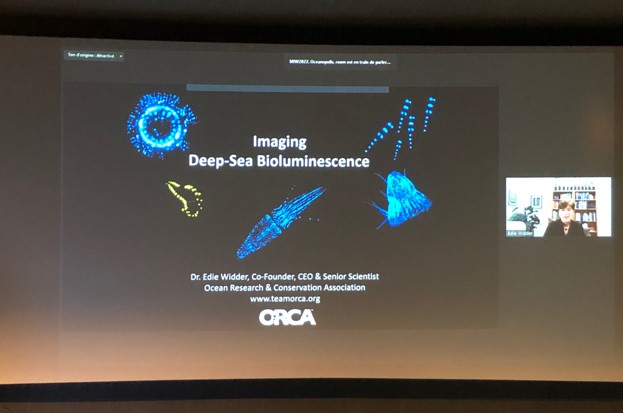
The story of deep-sea bioluminescence by Eddie Widder captured during the 4th MIW (Photo credits: Krystel Wanneau)
Over this week, I met several members of BEEP who presented the results of their last research[6], or were simply driven by curiosity to see what their colleagues from other IFREMER labs, or from other institutions represented, such as Ocean Networks Canada[7], Woods Hole Oceanographic Institution[8], Helmholtz Centre for Ocean Research Kiel[9] (GEOMAR), Monterey Bay Aquarium Research Institute[10], did. There were many reasons to be curious to discover this underwater imaging community. One that standed out as reinforcing ties between participants was innovating to see more into the invisible deep-sea. The organizers of the workshop held a photo contest and the winner was indeed a deep-sea creature photo. During this first week immersion, I collected stories about underwater marine images, technical prowess with the upcoming promises of artificial intelligence and limitations of monitoring practices.
Sharing the imaging workshop experience with BEEP staff and being there among them opened up my fieldwork at IFREMER before diving into the day-to-day laboratory life. The next two weeks, I was immersed in the daily activities of BEEP’s technicians, researchers, engineers, and attended their meetings, coffee breaks, visited their instrument and laboratory rooms and participated in their research activities.
Contrary to the image of immersing oneself into water, the lab ethnography is not a single immersion into a social world where you then swim, so to say, to explore the environment. The immersion repeats itself each day, and yet creates unprecedented configurations to observe the laboratory life and access to singular individual and collective routines. Despite the repetitive interaction with the same 30 individuals over the two weeks, I didn’t perceive the ethnographic immersion to be a single dive into one lab, but multiple dives to open the black box of BEEP and study the relations inside and outside the lab. Each dive created specific conditions of the immersion, some days wandering on my own in the hallways of the building to study the spatial biography of BEEP and at days trying on the IFREMER overalls suit to prepare myself to go to Roscoff, an emblematic ecosystem area in Brittany where is located an historical marine station dedicated to research and monitoring[11].
After the immersion into the lab, the translation task
I explained above that the immersion into the laboratory life was a detailed and in-depth observation of the laboratory interactions. Yet, our task didn’t stop at the description of interactions, because to understand for MARIPOLDATA is the laboratory perspective over the deep-sea, we needed to observe their research practices and put a meaning over their projects, instruments, triage and storage of samples and organisms studied. After the immersion into the lab comes the translation task to make sense of the expertise of BEEP over nematode, cold-water coral, foraminifera and other marine species for the novice. Our task was to translate our observations of the laboratory practices into a perspective to see into oceans the deep-sea like BEEP. For instance, what meaning do we put on this video of cold-water corals? It was a dive of the RUV (Robot Underwater Vehicle) Victor 6000 operated by IFREMER during the 2022 cruise ChEReef[12] in the bay of Biscay to collect data for the project ARDECO[13] coordinated by BEEP to improve the conservation of cold-water corals. On my last day in Brest, I visited the samples brought back and stored at the Océanopolis[14] aquarium for both research and educational purposes. The translation task puts a meaning over the expertise that each laboratory provides and the services they offer to society.
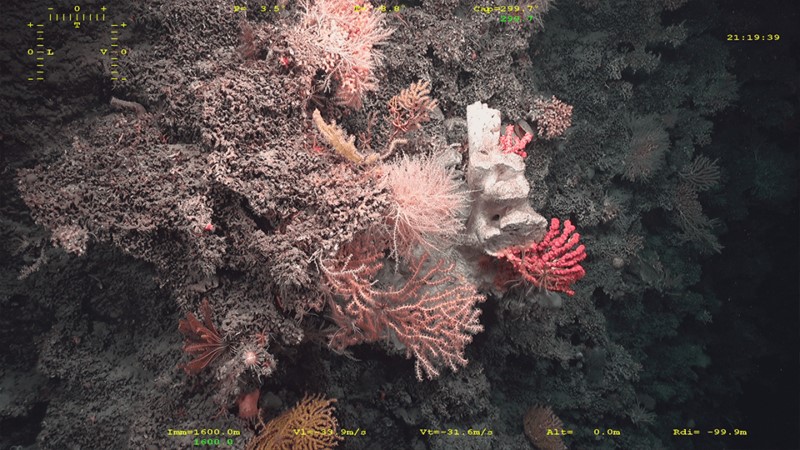
Research practices of BEEP to study deep-sea ecosystems: deep coral reef in the Bay of Biscay ©ChEReef – Ifremer (2022)
During my stay, I discovered the deep-sea expertise of IFREMER in practice. The laboratory BEEP contributes to the department of deep-sea physical resources and ecosystems of IFREMER with a multidisciplinary study of the biology and ecology of deep-sea ecosystems. They conduct in situ exploring and sampling of the biodiversity of these ecosystems, ex situ studies of the interactions in the deep sea and focus on molecular mechanisms to study the responses and adaptation of organisms. For two weeks, my daily vocabulary changed radically to include nematodes, cold seeps, deep-sea canyons, hydrothermal vents, polymetallic nodules, deep-sea corals, foraminifera, new organisms I had never heard about. Past the feeling of amazement, I discovered what they were doing to study those organisms and the variation of practices to produce knowledge of the deep-sea. For instance, I followed the Blue Revolution[15] project and observed sampling practices at Roscoff (image 7), storage practices in the Centob lab (image 8), imaging practices to prepare the sample before using the scanning electron microscope (SEM) to photograph tiny organisms (images 9). Observing these research practices informed about the scientific mission of BEEP’s researchers.
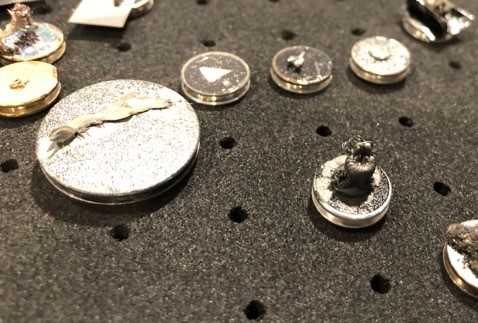
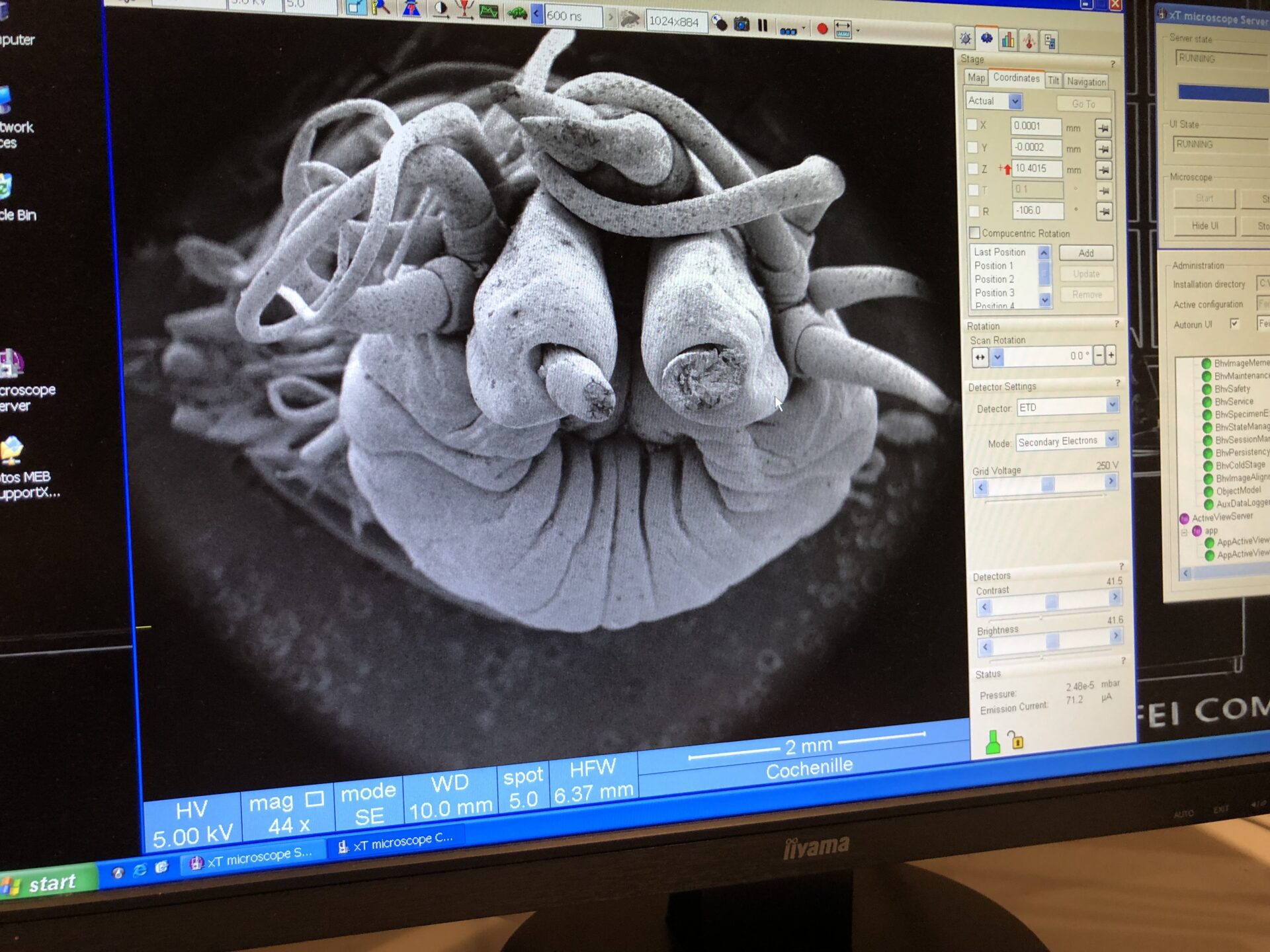
A polychaete sample captured by the scanning electron microscope (SEM) (Photo credits: Krystel Wanneau)
Back to the land, in Österreich
Over the three weeks in Brest, I embarked in a laboratory ethnography of BEEP to study its practices and I learned through these practices about the perspective of a deep-sea lab. Being entangled between the purpose of
the mandate of IFREMER to provide expertise on marine life to support public policy-making and the scientific mission of researchers to discover and study marine life, the BEEP laboratory is a key site to understand to politics of marine biodiversity data in France.
I thank the ERC MARIPOLDATA project principal investigator Alice Vadrot for the opportunity to conduct a laboratory ethnography and the staff from BEEP who opened the doors of its laboratory life. In particular, I thank Daniela Zeppilli and Pierre-Marie Sarradin without whom this fieldwork wouldn’t have become real.
[1] https://www.umr-beep.fr/en
[3] https://miw2022.sciencesconf.org/
[4] https://www.ted.com/speakers/edith_widder
[5] https://www.physics.ox.ac.uk/our-people/lintott/citizen-science
[6] https://mobile.twitter.com/BlueRevProject/status/1577201635423817729
[7] https://www.oceannetworks.ca/
[11] https://www.sb-roscoff.fr/
[12] https://campagnes.flotteoceanographique.fr/campagnes/18000571/
[13] https://anr.fr/Projet-ANR-20-CE02-0006
[14] https://www.oceanopolis.com/?p=23322
[15] https://bluerevolution.ifremer.fr/
